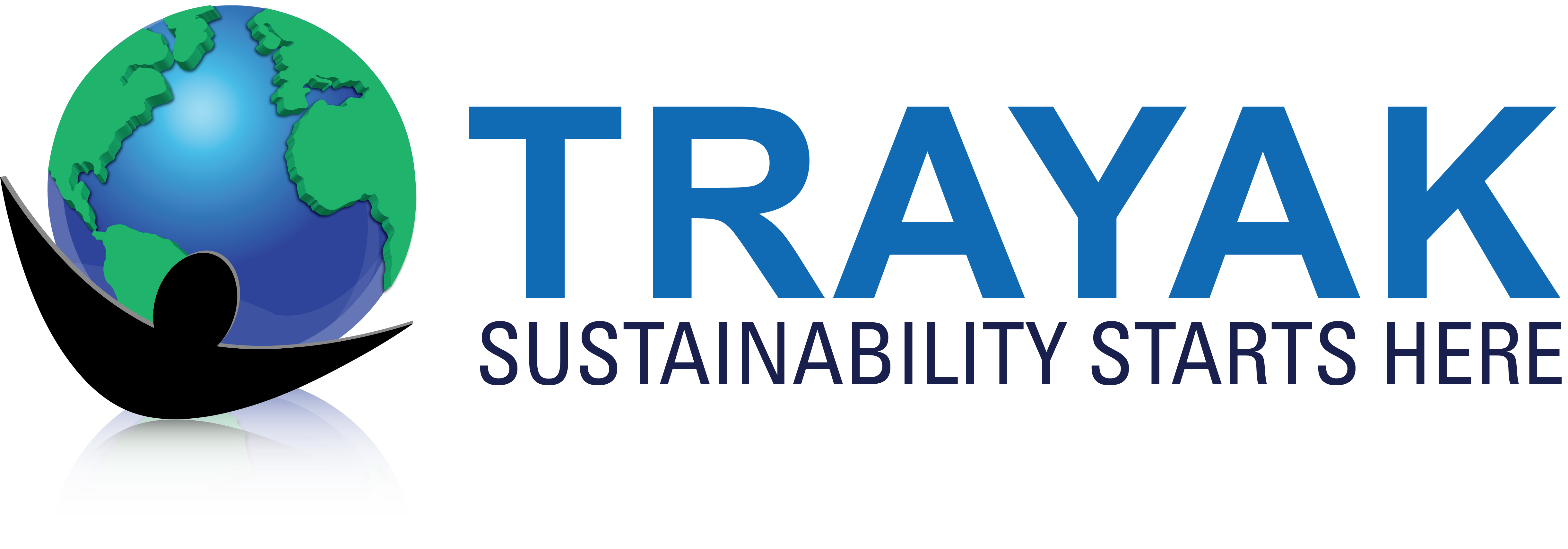Being innovative is something that every company strives for, but what makes a company truly innovative? Maybe the answer lies within how companies design products and what they focus on. Traditionally Product Design has focused on desirability, functionality and manufacturability. Designers already have a very demanding job already, but what happens when we introduce sustainability and lean principles into the design mix? It gets designers to ask questions that they don’t normally ask; leading to innovation. Millennials are demanding green products with cutting edge technologies that seamlessly blend form and function. Companies that recognize this and push the limits of design will be successful. Here are some things to consider in relation to your company’s design process.
-
Simplicity is key:
-
Making key decisions early in the design process:
-
Design Synergy & Collaboration:
